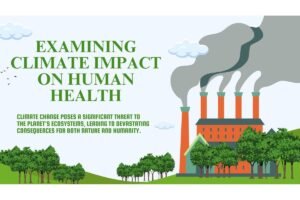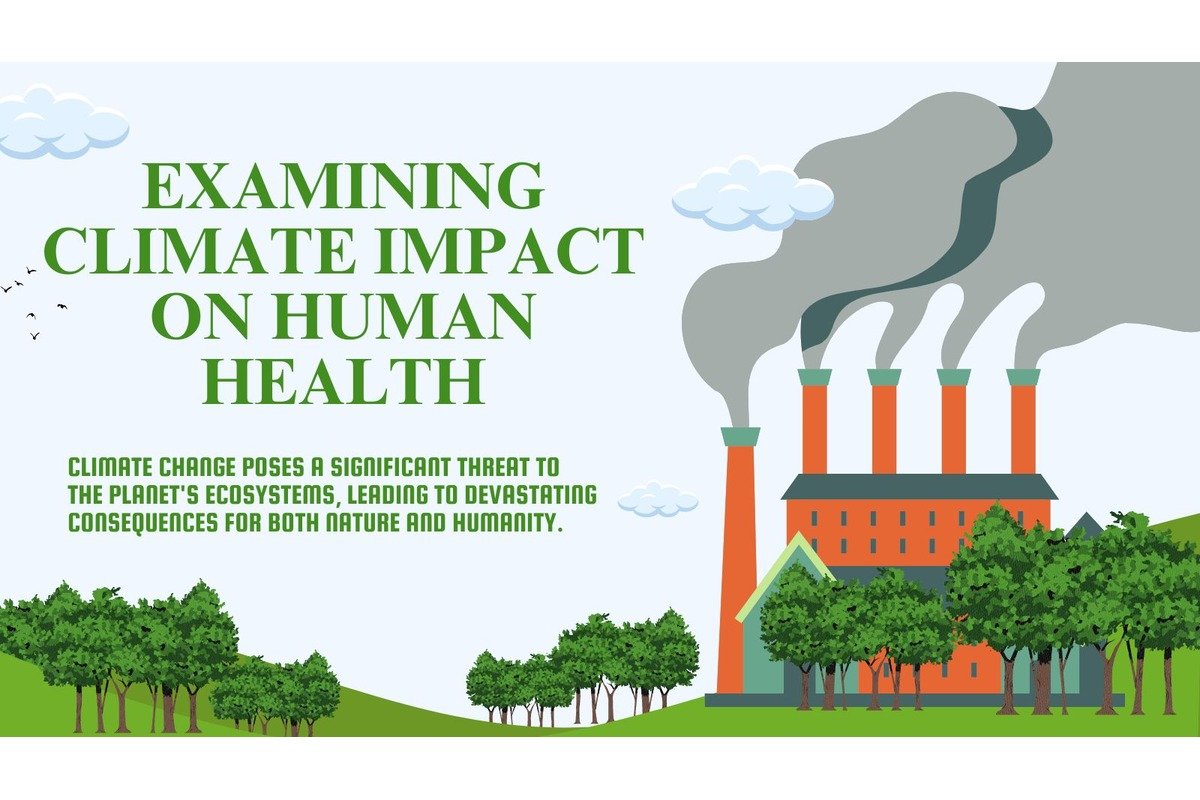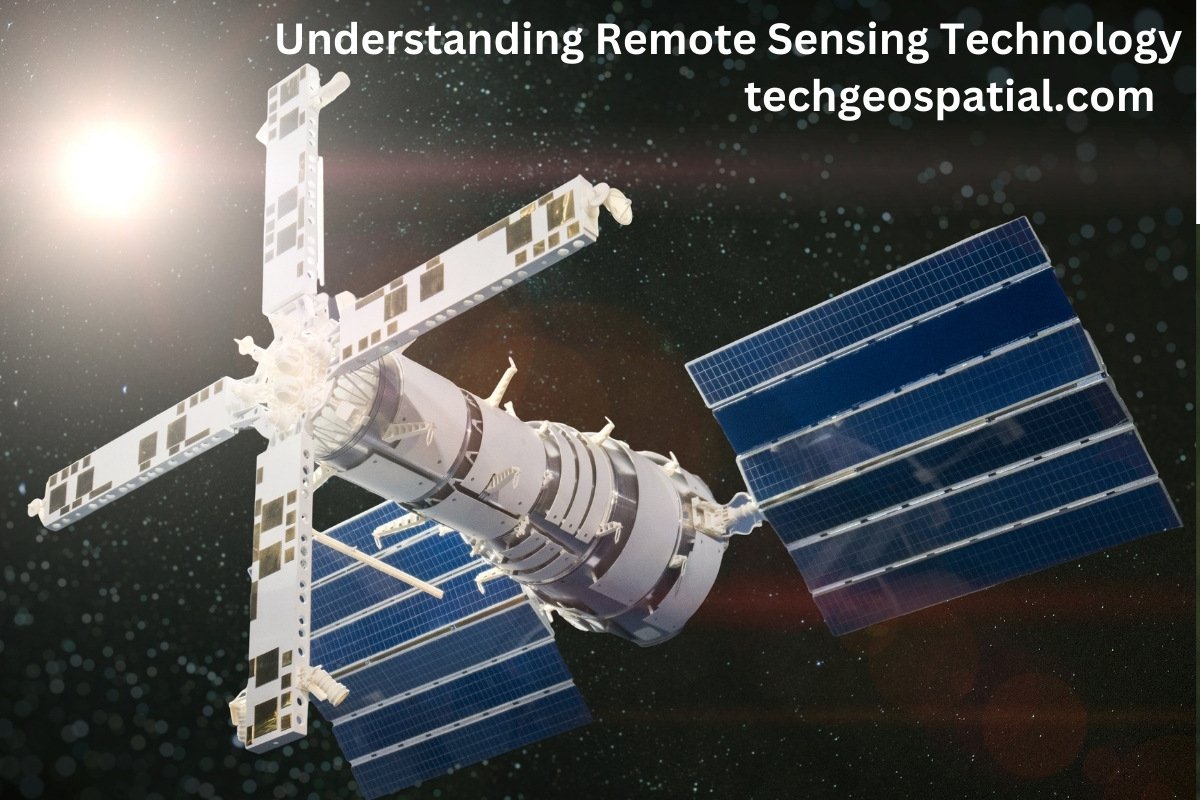1. Examining Climate Impact on Human Health

Climate change is no longer a distant threat but a present reality affecting various aspects of human life, including health. The intricate relationship between climate and health is becoming increasingly evident as we witness rising temperatures, erratic weather patterns, and environmental degradation. Examining the impact of climate change on human health reveals a complex web of interconnections, where environmental shifts directly and indirectly influence our well-being.
2. Understanding the Link Between Climate Change and Health
Global Warming and Its Effects
One of the most visible impacts of climate change is global warming, leading to prolonged heatwaves, rising sea levels, and melting glaciers. These changes have significant implications for human health, including increased heat-related illnesses, such as heatstroke and dehydration, particularly in vulnerable populations like the elderly and young children.
Air Pollution and Respiratory Health
Climate change exacerbates air pollution, primarily through the emission of greenhouse gases and particulate matter. Poor air quality contributes to respiratory ailments like asthma, bronchitis, and cardiovascular diseases. Vulnerable individuals living in urban areas with high pollution levels are at greater risk of experiencing adverse health effects.
3. Extreme Weather Events and Health Risks
Heatwaves and Heat-Related Illnesses
Rising temperatures intensify heatwaves, posing severe health risks to communities worldwide. Heat-related illnesses, such as heat exhaustion and heatstroke, become more prevalent during prolonged periods of extreme heat. Additionally, vulnerable populations, including the elderly and outdoor workers, face heightened susceptibility to heat-related health issues.
Floods and Waterborne Diseases
Extreme weather events like floods not only cause immediate physical harm but also lead to long-term health consequences. Contaminated water sources increase the risk of waterborne diseases such as cholera, typhoid fever, and hepatitis A. Poor sanitation and overcrowded living conditions further exacerbate the spread of infectious illnesses in flood-affected areas.
4. Vector-Borne Diseases and Climate Change
Spread of Malaria and Dengue Fever
Climate change influences the distribution and transmission of vector-borne diseases like malaria and dengue fever. Warmer temperatures create favorable breeding conditions for mosquitoes, expanding their range and increasing the prevalence of diseases they transmit. Regions previously unaffected by these diseases may face new health challenges as vectors migrate to cooler climates.
Impact on Lyme Disease Transmission
Lyme disease, transmitted by ticks, is also affected by climate change-induced shifts in temperature and precipitation patterns. As warmer temperatures extend the tick season and expand their habitat range, more individuals become at risk of contracting Lyme disease. Additionally, changes in wildlife populations and land use further contribute to the spread of this tick-borne illness.
5. Food Security and Nutritional Challenges
Crop Yield Reductions and Malnutrition
Climate change disrupts agricultural systems, leading to crop failures, decreased yields, and compromised food security. Changes in temperature and precipitation patterns affect crop growth, nutrition content, and distribution networks, exacerbating global hunger and malnutrition. Vulnerable populations, particularly in developing countries, face heightened food insecurity due to climate-related challenges.
Impact on Food Distribution Networks
Extreme weather events and natural disasters disrupt food distribution networks, hindering access to nutritious food supplies. Displaced populations and communities reliant on subsistence agriculture are particularly susceptible to food shortages and nutritional deficiencies following environmental disasters. Addressing the link between climate change and food security is essential for ensuring the health and well-being of populations worldwide.
6. Mental Health Implications of Climate Change
Anxiety and Stress Due to Environmental Changes
Climate change-induced environmental disruptions, such as natural disasters and habitat loss, contribute to heightened levels of anxiety and stress among affected individuals. Uncertainty about the future, coupled with the loss of livelihoods and homes, exacerbates mental health challenges in communities grappling with climate-related crises.
Psychological Impact of Natural Disasters
The psychological toll of natural disasters extends beyond the immediate physical harm, affecting mental well-being in the long term. Post-traumatic stress disorder (PTSD), depression, and other mental health conditions are prevalent among individuals and communities impacted by hurricanes, wildfires, and other climate-related emergencies. Addressing mental health needs alongside physical recovery efforts is crucial for comprehensive disaster response and resilience-building.
7. Vulnerable Populations and Climate Health Disparities
Children and Elderly Individuals
Children and elderly individuals are among the most vulnerable populations susceptible to the health impacts of climate change. Children face unique risks due to their developing physiology and increased exposure to environmental hazards. Similarly, elderly individuals with pre-existing health conditions are more susceptible to heat-related illnesses and other climate-related health risks.
Low-Income Communities and Indigenous Groups
Low-income communities and indigenous populations disproportionately bear the burden of climate-related health disparities. Limited access to healthcare, inadequate infrastructure, and socioeconomic factors exacerbate their vulnerability to environmental risks. Addressing health equity and social justice is integral to effectively mitigating the health impacts of climate change on marginalized communities.
8. Adaptation and Mitigation Strategies
Public Health Interventions
Public health interventions play a crucial role in mitigating the health impacts of climate change, including heatwave preparedness plans, air quality monitoring, and disease surveillance systems. Early warning systems and targeted health education campaigns empower communities to mitigate climate-related health risks and build resilience against environmental threats.
Policy Initiatives for Climate Resilience
Policy initiatives aimed at reducing greenhouse gas emissions and promoting sustainable development are essential for addressing the root causes of climate change and protecting human health. Investments in renewable energy, sustainable transportation, and green infrastructure not only mitigate climate change but also yield co-benefits for public health and well-being.
9. Global Efforts Towards Climate and Health
WHO’s Role in Addressing Climate Health Risks
The World Health Organization (WHO) plays a central role in addressing climate-related health risks through research, advocacy, and policy development. Initiatives like the Global Climate and Health Alliance and the WHO Climate and Health Country Profiles provide resources and guidance for countries to integrate health considerations into climate adaptation and mitigation strategies.
International Agreements like the Paris Agreement
International agreements such as the Paris Agreement serve as frameworks for global cooperation on climate action and health promotion. By committing to reducing greenhouse gas emissions and enhancing climate resilience, countries work together to mitigate the health impacts of climate change and safeguard the well-being of present and future generations.
10. The Role of Individuals in Mitigating Health Impacts
Promoting Sustainable Practices
Individual actions, such as reducing energy consumption, adopting sustainable transportation options, and supporting eco-friendly initiatives, contribute to mitigating climate change and protecting human health. By making conscious choices in daily life, individuals can reduce their carbon footprint and advocate for sustainable solutions to address climate-related health risks.
Advocacy for Climate Action
Advocacy for climate action and policies that prioritize health and equity are essential for driving systemic change at the local, national, and global levels. By raising awareness, engaging in community organizing, and holding policymakers accountable, individuals can amplify their impact and contribute to meaningful progress in addressing the health impacts of climate change.
11. Future Outlook and Challenges
Predicted Health Impacts of Continued Climate Change
Without concerted efforts to mitigate climate change and build resilience, the health impacts of environmental degradation are projected to worsen in the coming decades. Rising temperatures, extreme weather events, and environmental disruptions will continue to pose significant challenges to public health, particularly in vulnerable communities with limited resources and adaptive capacity.
Challenges in Implementing Effective Solutions
Addressing the health impacts of climate change requires interdisciplinary collaboration, political will, and resource mobilization on a global scale. Overcoming barriers such as inadequate funding, institutional inertia, and competing priorities is essential for implementing effective solutions that safeguard human health and promote environmental sustainability.
12. Conclusion
Examining the impact of climate change on human health reveals the interconnected nature of environmental and public health challenges facing communities worldwide. From rising temperatures and extreme weather events to vector-borne diseases and food insecurity, the health impacts of climate change are multifaceted and far-reaching. By prioritizing health equity, promoting sustainable practices, and advocating for climate action, individuals and policymakers can work together to mitigate the health risks associated with climate change and build resilient communities for the future.
FAQs on Climate Impact on Human Health
- How does climate change affect human health? Climate change affects human health through various mechanisms, including extreme weather events, air pollution, vector-borne diseases, and food insecurity.
- Which populations are most vulnerable to climate-related health risks? Vulnerable populations, including children, elderly individuals, low-income communities, and indigenous groups, are disproportionately affected by the health impacts of climate change due to socioeconomic and environmental factors.
- What can individuals do to mitigate the health impacts of climate change? Individuals can take actions such as reducing energy consumption, supporting sustainable practices, advocating for climate action, and promoting health equity to mitigate the health impacts of climate change in their communities.
- What role do policymakers play in addressing climate-related health risks? Policymakers play a crucial role in implementing measures to mitigate climate change, promote public health, and build resilience in communities. By prioritizing health considerations in climate policies and investments, policymakers can protect human health and well-being in the face of environmental challenges.
- How can international cooperation address the health impacts of climate change? International cooperation through agreements like the Paris Agreement enables countries to collaborate on climate action and health promotion initiatives. By sharing knowledge, resources, and best practices, countries can work together to address the global health impacts of climate change and foster sustainable development.
This comprehensive article delves into the intricate relationship between climate change and human health, highlighting the diverse ways in which environmental shifts impact our well-being. By understanding the interconnected nature of climate and health challenges, individuals, communities, and policymakers can work together to mitigate risks, promote resilience, and build a healthier, more sustainable future for all.





